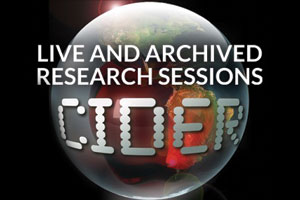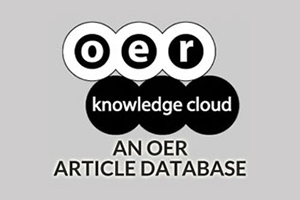Are the most highly cited articles the ones that are the most downloaded? A bibliometric study of IRRODL
DOI:
https://doi.org/10.19173/irrodl.v16i3.1754Keywords:
International Review of Research in Open and Distance Learning, IRRODL, Highly cited papers, Google Scholar, Research trends, Open and Distance LearningAbstract
Publication of research, innovation, challenges and successes is of critical importance to the evolution of more effective distance education programming. Publication in peer reviewed journal format is the most prestigious and the most widespread form of dissemination in education and most other disciplines, thus the importance of understanding what is published and its impact on both researchers and practitioners. In this article we identify and classify the leading articles in arguably the leading peer reviewed journals in this discipline.
The journal The International Review of Research in Open and Distance Learning (IRRODL) is a peer reviewed academic journal that has been published since 2000. The journal has published between 3 and 6 issues annually with between 50 and 111 research articles per volume. In order to assess the general and the particular impact of highly cited articles this work describes the main bibliometric indicators of the IRRODL journal and these are compared with the total galley views in all formats, PDF, HTML, EPUB and MP3, that IRRODL publishes. In addition to identifying characteristics of the most widely cited articles this research determines if there is a correlation between the articles most highly cited by other publishing researchers and the number of views, indicating interest from both practitioners and research communities. The results show a significant and positive relationship between the total number of citations and the number of views received by articles published in the journal, indicating the impact of the journal extends beyond active publishers to practitioner consumers.
Additional Files
Published
How to Cite
Issue
Section
License
This work is licensed under a Creative Commons Attribution 4.0 International License. The copyright for all content published in IRRODL remains with the authors.
This copyright agreement and usage license ensure that the article is distributed as widely as possible and can be included in any scientific or scholarly archive.
You are free to
- Share — copy and redistribute the material in any medium or format
- Adapt — remix, transform, and build upon the material for any purpose, even commercially.
The licensor cannot revoke these freedoms as long as you follow the license terms below:
- Attribution — You must give appropriate credit, provide a link to the license, and indicate if changes were made. You may do so in any reasonable manner, but not in any way that suggests the licensor endorses you or your use.
- No additional restrictions — You may not apply legal terms or technological measures that legally restrict others from doing anything the license permits.







